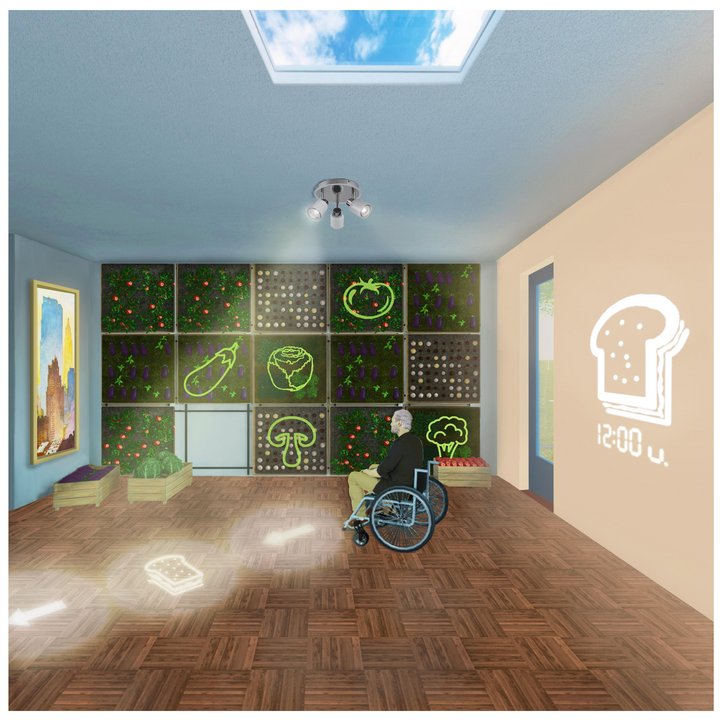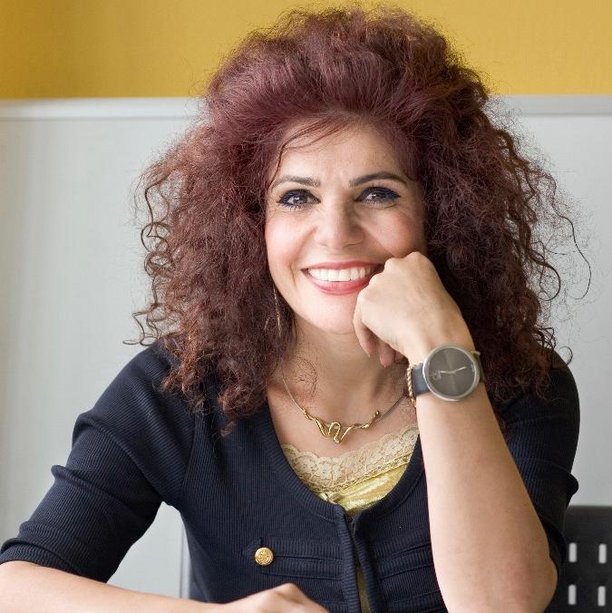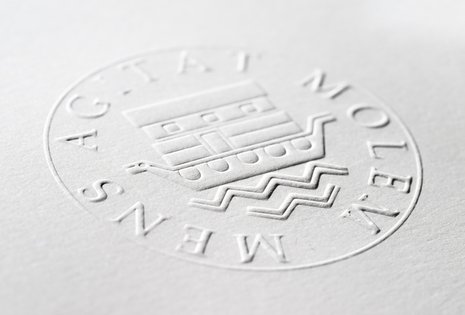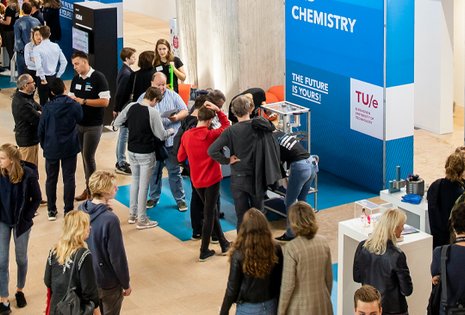Smart Architectural Technologies

Contact
Smart Architectural Technologies (SAT)
Smart Architectural Technologies focuses on embedding innovative technologies in the built environment to create responsive buildings. In particular, the chair focuses on the balance between architecture, technology and user, brought together within the integral concept of the ‘Empathic Environment‘.
Read morePeople-oriented solutions through exploration of spatial and technological resources
The Chair of Smart Architectural Technologies focuses on ways in which these changes affect the built environment and on making buildings human-centric and future-oriented. The goal is to ensure buildings seamlessly connect with specific human needs through convergence of technology, architecture and social studies.
The worlds of human-centered buildings and innovative technologies are combined in the design process to contribute to the development of the integral concept of the ‘Empathic Living Environment.’ Creating such environments means moving beyond Smartness. ‘Traditional’ Smart technology focuses on controlling a building. However, unlike the Smart Home, conceived from a traditional notion of domotics, an Empathic Building has social intelligence. In our view, Smart Buildings should understand people’s requirements, anticipate these, and adapt accordingly. What does an inhabitant or user need and how can that be translated to building-related products and functions? Ideally, people wouldn’t even need to interact with an interface, as a building would make automatic adjustments and improvements, based on user’s behavioral patterns, for example.
Our domain aims to make improvements in three key areas:
- Efficiency
- Effectivity
- Empowerment
There are two key aspects to our work:
- How is technology integrated into the built environment? Our research into this aspect should lead to new building typologies. An important aim is to introduce a way of thinking that doesn’t always turn to automation to solve challenges. Where possible, natural factors provide the solution, and technology, which can be extremely sophisticated and complex, is used to bridge any remaining gaps.
- What is the impact of this on peoples’ lives? To answer this question, the Living Labs methodology looks beyond technology and focuses on people’s behavior instead. To prove a concept genuinely brings about positive change, we use a Living Labs methodology. By introducing solutions into ‘real world’ living environments, with all their varied and often interrelated challenges, shows us which aspects of concepts work as intended, and which require improvement.
Other aspects of SAT’s research include re-evaluating assumptions about architecture and peoples’ requirements, and re-examining how we think about the use and sharing of space.
Discover our Living Labs projects!
Find out more about the concepts behind Smart Architectural Technologies here.
CloseMeet some of our Researchers
Anne Grave
Leonie van Buuren
Olivia Guerra Santin
Masi Mohammadi
Peyman Najafi

A closer look at Smart Architectural Technologies (SAT)
“For me, a brick and a sensor are equal – both are simply elements in my toolkit.”
prof.dr.ir. M. (Masi) Mohammadi
“Current social en technological developments are having a profound effect on the ways in which we build and think about architecture. An Empathic Living Environment combines efficiency, effectiveness and empowerment into a total solution. Smartness is introduced as an instrument to realize this solution, which could be applied in healthcare processes, human interaction, living or other areas. Our approach brings practical improvements, such as efficiency enhancements and cost reduction, whilst also improving engagement and quality of life. It’s exciting to see how the synergy between technology and sociology can produce new solutions for living quarters as well as shared and public spaces, allowing functionality to change independently of construction.”
“The basis is always finding the best possible solution for the user through architecture and design, introducing technology only where a simpler solution won’t suffice. If you can design a building in such a way that every occupant can see the front door, for example, you won’t need to introduce complicated intercom and CCTV systems. Making the best use of natural lighting could mean you won’t need artificial light at certain hours. By introducing vegetation inside a building, people could be stimulated to farm. There are countless possibilities. Of course, we’re happy to use technology, which can be very complex and advanced, but only as part of an overall approach.”
Read moreAt present, ‘Empathic Living Environment’ concepts are being rolled out amongst special needs and special interest groups in Living Labs settings. Housing corporations and care providers have specific requirements for these groups, which we can help solve in new ways. Children are another excellent target group, and we are working with schools on developing solutions. Of course, everything we develop can be adapted for other target audiences. An advantage of this approach is that it lends itself very well to ‘bottom up’ initiatives. Any group of people can define problem and then use this methodology to find a solution. This could be done with an intermediary such as a Housing corporation or healthcare institute.
We have researched over 7000 buildings, to see how technology is used in different domains, and which applications bring more than efficiency enhancements. An important part of our research is researching whether certain assumptions are Truths or Myths. In the healthcare and construction industries, certain ways of thinking and working have been adopted, but often they’re not evidence-based. For example: many nursing homes provide kitchenettes, but these often remain unused. In fact, the people living in these homes would often prefer to have more living space instead. Another example: in sheltered living environments, people often cohabit in groups of six. But why should six be better than eight? Or five? Why are care homes for people with dementia so often decorated in a very old-fashioned way? We try to find out where such ideas came from and why they have become common practice.
Re-evaluating existing assumptions and methods
Instead of deciding what is good for people at the drawing board, we have the obligation to discover their needs first – and that means gathering input by speaking to them, but also by observing their behavior. Of course, you can develop a concept in theory and prove it on paper, but people are never predictable. There are always plenty of surprises. We have to take individual needs, which can vary strongly and change over time, into account. That introduces a great deal of complexity. Our solutions are intended to remain in pace for longer periods of time. Adding a new structure onto an existing building, for example, or changing its layout requires significant investment, so we need to be sure the solution can remain in place and continue to be effective for a long period. You need to develop a large number of scenarios and rigorously test your concept against each of these before you can launch it.
An important part of our work is mapping and thinking about changing needs and attitudes. One example of changing requirements is the fact that people in rural areas have started sharing their living environment and plots with people who can act as care providers. We’re also re-examining how we consider the use of space. For example, many peoples’ homes are empty during a significant part of the day. Can that unused space be put to better use? Or can we develop new ways of providing spaces people can use temporarily, such as guest rooms? Can we apply such concepts to traffic, where occupation levels vary considerably at different times? As the ‘sharing economy’ is more widely accepted, especially amongst younger people, the concepts of private territory and public space will change. It should be possible to offer temporarily unused space to others, or to repurpose space in your home according to function. A balcony could be temporarily converted into a guest room, for example.
We also look at how making small adjustments affects peoples’ behaviour. If we introduce a chair in a space, will people view it differently? Will this promote interaction? How can we develop a guiding environment that makes life easier for Alzheimer patients? It is important not to look at the available technology and base a solution on that. Just because we know how to make a for example an elevator or stairlift doesn’t mean they’re the best solution. Instead, we need to define the best solution and then see how we can use natural resources and technology enhancements to create it.
CloseRecent Publications
Our most recent peer reviewed publications
Events

CWTe Intellectual Property (IP) Research Challange
February 12, 2025 2:00 PM - June 25, 2025 / To be finalized
![[Translate to English:] [Translate to English:]](https://assets.w3.tue.nl/w/fileadmin/_processed_/b/6/csm_Picture%20WISE%20writing%20retreat_a312abae33.jpg)
WISE (Hybrid) Writing Retreat 2025 / Expression of interest
April 25, 2025 - May 15, 2025 / Hybrid

All that is valuable is vulnerable
April 28, 2025 8:00 AM - May 14, 2025 / Ground floor, North side

MANIM: How to create high quality mathematical animations for your course
Effective visualization can greatly enhance student comprehension, especially in mathematics and engineering courses. Manim, a powerful…

PhD defense Thomas Johannes Kools
April 30, 2025 / ������ý Campus

PhD defense Thomas Oliver Stephen Jacob Bosman
April 30, 2025 / ������ý Campus

PhD defense Maud Elisabeth Dohmen
April 30, 2025 / ������ý Campus

Discover JADS Day
May 1, 2025 3:00 PM / Sint Janssingel 92, 5211 DK 's-Hertogenbosch

PhD defense Zixiao Wang
May 1, 2025 / ������ý Campus

PhD defense Devyani Sharma
May 1, 2025 / ������ý Campus

PhD defense Britt Henricus Hubertina Anne Cordewener
May 6, 2025 / ������ý Campus

PhD defense Ilian Leander Pihlajamaa
May 6, 2025 / ������ý Campus